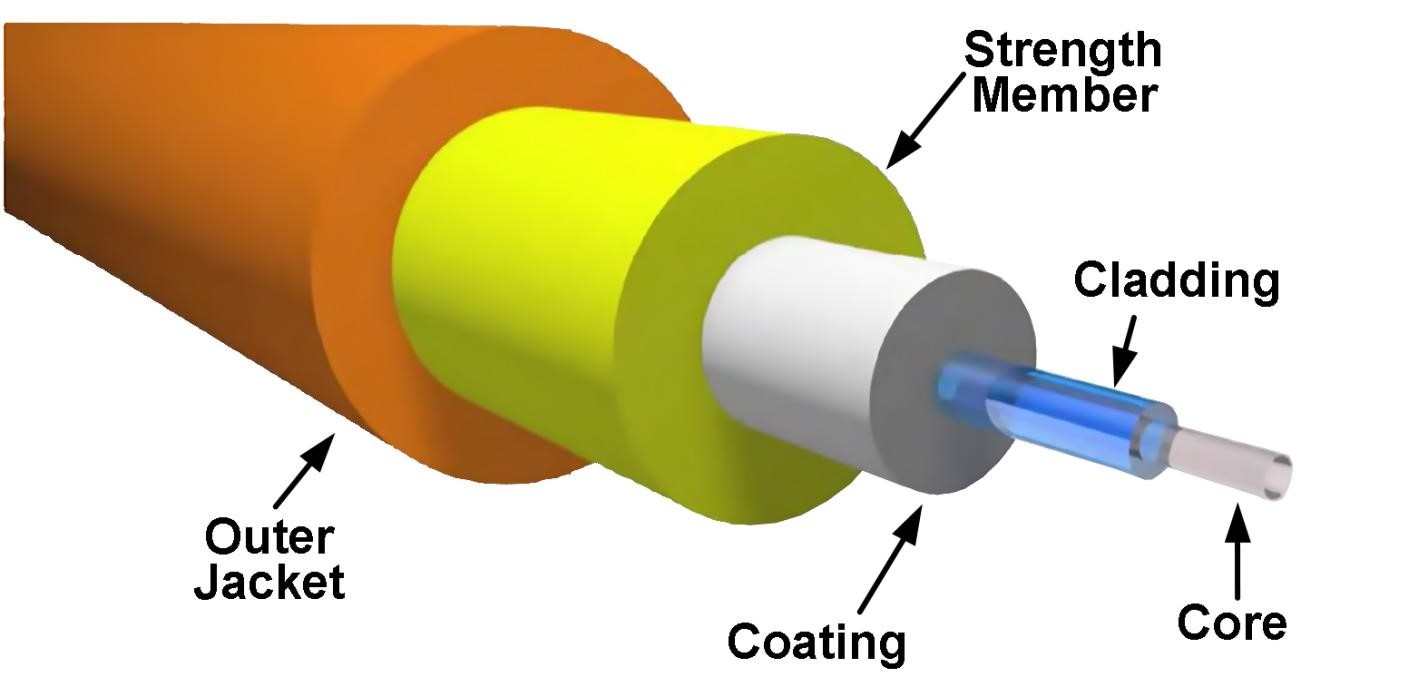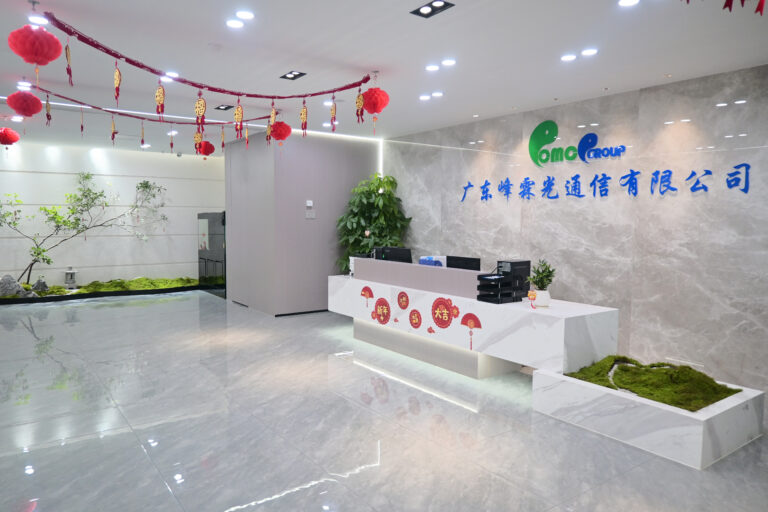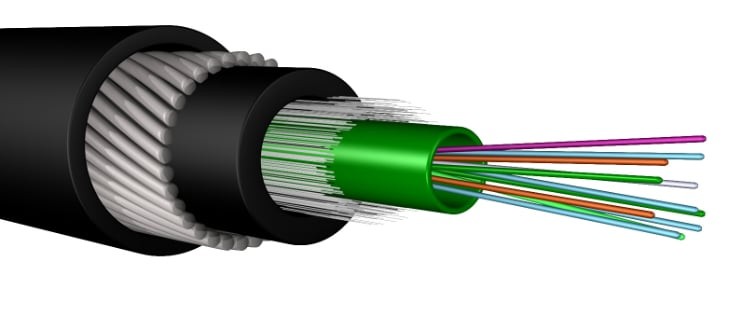Fast and stable internet is essential in modern-day society. The greatest way to obtain this is via fiber optic connections. These custom fiber cables can transport more data and operate much quicker than regular cables. But what exactly makes them unique? Let’s discuss and learn more about the basics that contribute to these amazing cables, such as fiber optic cable cores.
Components of Fiber Optic Cables
To understand the functions of fiber optic cables, we must examine each of the components listed below.
1. Fiber Optic Cable Cores: the Root of the Cable
The most essential part of a fiber optic cable is the core. It represents the cable’s heart. The light signals go through either glass or plastic structure.
Light signals may be sent quicker and more far using high-quality fiber optic cable cores. Consequently, more data may be sent across greater distances. Its performance is determined by the material made for the core. For high-speed and long-distance data transfer, glass cores work well. Commonly involved for shorter lengths, plastic fiber optic cable cores are less expensive.
2. The Cladding: A Transparent Separation
Covered around the fiber optic cable cores is a coating known as cladding. It retains the light inside the cable by functioning as a barrier. This is due to a characteristic that sets it apart from the core and keeps the light within. The material used to make it has a refractive index that is somewhat lower than the cores. Rays of light passing through the core make an angled contact with the core-cladding border. Refractive index differences cause these rays to be bent back into the core rather than out of the cable, which results in effective light transmission.
3. The Outer Jacket: Guarding the Cable
The outer jacket serves as the cable’s secure covering. It protects the cladding and core from environmental factors such as heat, cold, and water. The desired execution of the cable determines the material of the outer jacket. For example, PVC is appropriate for the inside since it’s inexpensive and doesn’t catch fire quickly. For underwater cables, polyethylene is superior as it is stronger. For enhanced strength, the jacket might have kevlar added to it.

OMC Cable: Custom Fiber Optic Solutions
At OMC Cable, we are aware that general approaches are rarely effective in the fiber optics industry. Our custom fiber cable options are extensive and include core diameter, fiber count, cable jacket material, and length. Our team of professionals collaborates directly with you to provide the ideal fiber optic cable for your unique requirements.
1F 3.0mm LSZH FTTH Drop cable G657B3 800N: FTTH installations are ideal for this drop cable. It contains a durable fiber core for long-distance transmission, is long-lasting, and is simple to install. Additionally safe for usage, it is inside the LSZH jacket.
2-24F All Dielectric Flat Drop cable 4.50×7.0mm- Loose tube: This 2-24F flat drop cable is small, measuring only 4.5 x 7.0 mm, but it contains 24 separate fibers. While the loose tube design secures each fiber for best performance, the all-dielectric architecture provides lightweight flexibility for simple installation.

Conclusion
Fiber optic cables are unbelievable achievements in technology. For a high level of performance, they use several materials. To select the best fiber optic cable cores for your purposes, it is crucial to understand every component of the cable. OMC Cable provides many custom fiber cable options to meet the demands of telecom businesses. Talk about your needs for customized fiber optic cable by getting in touch with OMC Cable right away!






